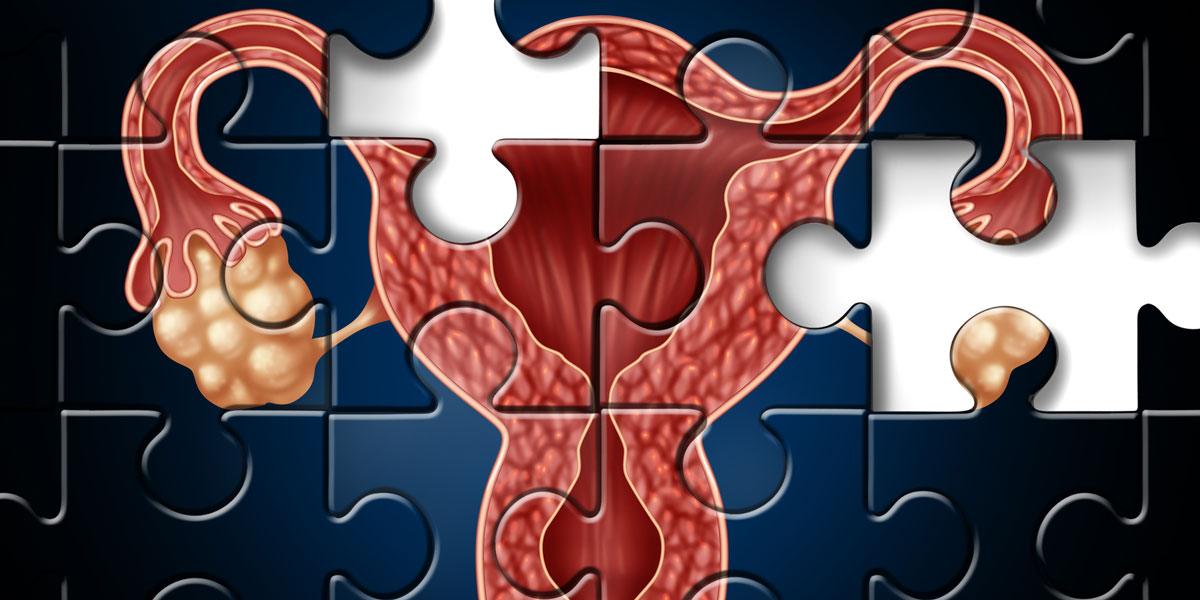Study: Glyphosate-based Herbicide Impairs Female Fertility
Exposure to environmentally relevant doses of a glyphosate-based herbicide during pregnancy has been found not only to impair female fertility in rats, but to induce foetal growth retardation and malformations, including abnormally developed limbs, in their second-generation offspring. Argentinian researchers tested the glyphosate-based herbicide – one commonly used in Argentina – in pregnant female rats at two doses, which were added to their food. The rats were mated and dosed from the 9th day after conception until their pups were weaned. This first generation of offspring and their offspring in turn (second generation) were followed and monitored for reproductive effects. The lower dose of glyphosate tested, 2 mg/kg bw/day (2 mg per kg of bodyweight per day), was in the order of magnitude of the reference dose (RfD) of 1 mg/kg bw/day recently set for glyphosate by the US Environmental Protection Agency, based on industry's developmental toxicity studies. The "reference dose" is the dose that is supposed to be safe to ingest on a daily basis over a lifetime. The authors added that this dose is representative of the glyphosate residues found in soybean grains and is in the order of magnitude of the environmental levels detected in Argentina. The higher dose of glyphosate, 200 mg of glyphosate/kg bw/day, was selected based on the industry-declared no-observed adverse effect level (NOAEL) of 1000 mg/kg bw/day for maternal toxicity established in rats. In other words, according to industry's own tests, this dose should not have been toxic to the mothers and thus should not have harmed the foetuses. But harmful effects did occur.





